How are you sleeping these days?
If you’re like many people, you’re finding it difficult to get to sleep or stay asleep. There are lots of reasons for this, according to the Sleep Foundation. Living in quarantine has disrupted our daily work, school, and socializing schedules. Not having to show up at an office at the same time every day has encouraged us to stay up later than usual, and sleep in more often, which throws off our circadian rhythm. Living mostly indoors has reduced our exposure to sunlight, which also affects our sleep cycle. And this doesn’t even consider anxiety, worry, and depression brought about by all the upheaval.
If you’ve had trouble getting to sleep, you might want to consider some of advice The Saturday Evening Post has offered insomniacs over the past 146 years.
Eating
The term insomnia was coined in the 1600, but as late as July 3, 1875, the Post editors felt it necessary to tell readers insomnia was the technical name for chronic sleeplessness. They repeated the folk remedy of counting sheep, but recommended the better advice of keeping regular hours. They also recommended some foods to encourage sleep:
• two or three raw onions before going to bed (stewed if you can’t abide raw)
• hard-boiled eggs with plenty of bread and cheese
• lettuce
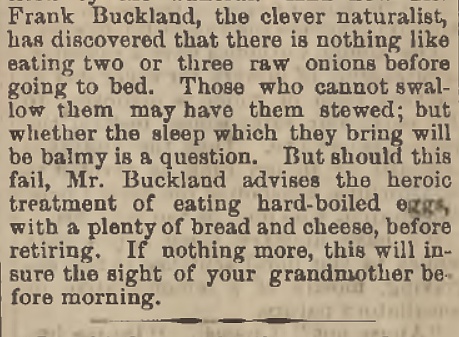
Counting
An 1889 article made an improvement on the old sheep-counting practice. It recommended counting, with each exhalation, “1,” “1,2,” “1, 2, 3,” “1, 2, 3, 4,” etc. up to 25. You added one number to the list with each breath, which would mean 12 to 16 counts per minute. If you forgot your place, you started over.
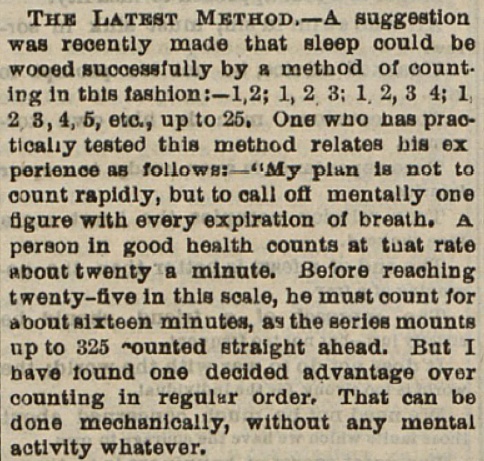
Hot Water
In 1894, insomniacs were advised to drink three glasses of water, as hot as you can stand, and soak your feet in hot water before sleeping. Another article in the same year also recommended the hot bath before bed “even in the hot nights of summer,” claiming it was “a better reliever of insomnia than many drugs.”
Location, Location
Sleepless travelers should avoid seashores or mountains, said an 1894 British medical journal. A quiet, inland resort a few feet above sea level was best.
Covering Your Ears
Also in 1894, the Post reported that a Yale professor regained the ability to sleep when he covered his ears with softened sealing wax before bedtime.
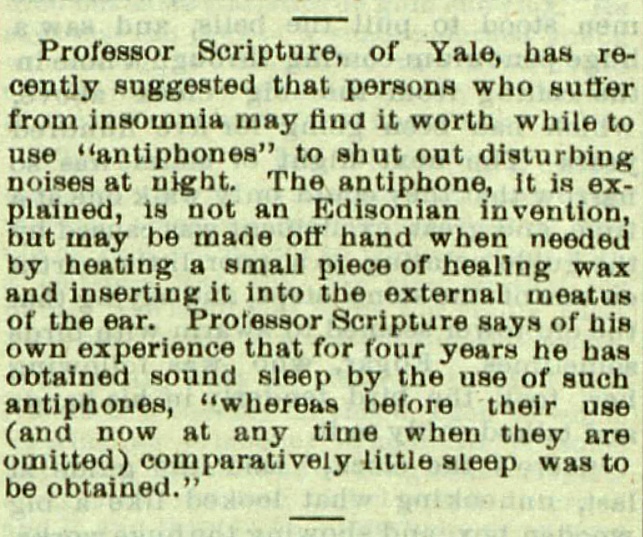
Covering Your Eyes
“Bandage the eyes with a handkerchief before retiring. The compress seems to drive away the blood from the eyes and so cure, or at least temporarily relieve, that feeling, so often experienced by sufferers from sleeplessness, of trying to see in the dark.” (July 21, 1894)
Sleepy Atmospheres
In “How to Get to Sleep,” (March 24, 1906) Dr. John Shoemaker acknowledged the pace of “modern” life could produce jangled nerves, chronic worrying, and sleeplessness. The answer wasn’t drugs or alcohol, he wrote. Instead, he recommended visiting places like Lakewood, New Jersey. The town, known for its restful atmosphere at the time, was surrounded by pine forests. Its air, he wrote, contained “certain volatile oils and ethers in pine needles” that encouraged sleep. Pillows stuffed with pine needles might also work, he suggested. Alternately, you could stuff a pillow with hops, “which contain an alkaloid, Lupulin, which is strongly soporific.”
Ozone
Another recommendation by Dr. Shoemaker was a sea voyage. The ocean air is rich in ozone, a form of oxygen formed by ultraviolet light that was regarded as highly healthful in those years. (Today, ozone is known to have adverse effects on respiratory system.)
Better Preparation
Lastly, Dr. Shoemaker suggested exercise (two to three hours horseback riding being especially beneficial for children and “weak women”), a gentle rubbing of the back, holding a good posture in rooms with plenty of fresh air, and, finally, no mental work after dinner.
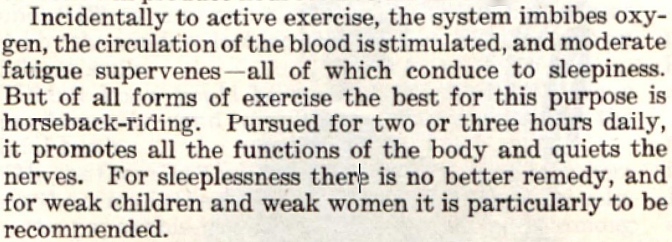
Placebos
Raymond Goldman, in “How Soundly Do You Sleep?” (April 19, 1924) noted that any pill or exercise, even when its soporific effect wasn’t proven, would help a person sleep if her or she really believed it worked.
Assuming the Position
Goldman added the recommendation to position yourself comfortably, adding that lying on your right side might be more healthful since it puts less weight on your heart, but left-side sleeping is recommended if it works. Once you’re comfortable, stop fidgeting and shifting. Try to control your restlessness. Think continuously and monotonously of how you’re falling asleep. Think until you believe. Goldman also recommended the exercise of thinking of nothing. (In his autobiography, Leo Tolstoy recalled the initiation for a boy’s club was to stand in a corner and successfully not think of a white bear. Tolstoy never gained membership.)
Taking What You Can Get
Even a few minutes’ sleep is more help than we might think, says J.C. Furnas, in “Sandmania,” (February 15, 1936). Keep this in mind to avoid the cycle of dread that can accompany sleeplessness.
Fixing Your Bedroom
Shut out all light, Furnas adds. Use heavy, noise-buffering curtains. Soundproof your walls. “The ideal bedroom is a combination of mausoleum and photographer’s dark room.” Only use noise-free heating (which was difficult to obtain in the 1930s, when radiators frequently produced a banging sound).
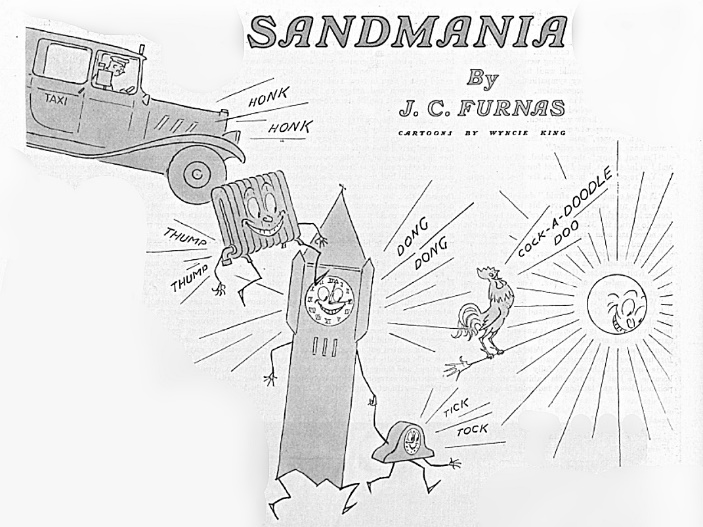
Getting Bored
Read mediocre detective stories, said Furnas. Try dull histories, novels of the Victorian-era author Anthony Trollope, The Congressional Record, or any government report.
Stop Snoring Yourself Awake
Buy the best bed you can afford, and wear a sleep mask, wrote Beatrice Schapper (“How to Get a Good Night’s Sleep, October 24, 1942). She also recommended a “snore ball.” It was a little larger than a tennis ball that was fastened around the sleepers’ waists so it rested in the middle of the back. It prevented sleepers from rolling onto their backs, which allowed their mouths to fall open and produce the most powerful snoring.
When All Else Fails
Ralph Knight seemed to have tried it all. In “How to Beat Insomnia,” (April 30 1955), he said he had drunk warm milk. He’d introduced a subdued décor to his bedroom. He kept regular hours. But when this didn’t work, he went in the opposite direction. He tensed up his body, revved up his mind, making himself tense and excited on purpose. And then he fell asleep.
Featured image: Detail of illustration by J. C. Leyendecker from the article “How to Get to Sleep” in the March 24, 1906, issue of The Saturday Evening Post
Become a Saturday Evening Post member and enjoy unlimited access. Subscribe now
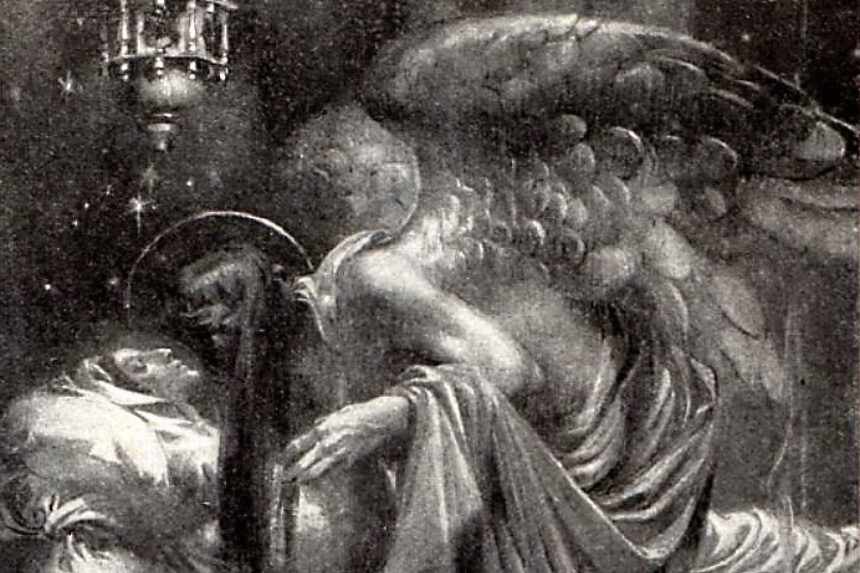
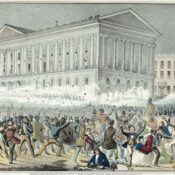
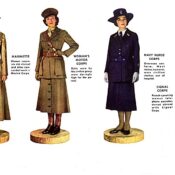
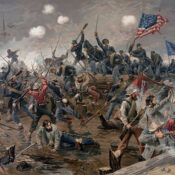
Comments
I have found a short brisk walk,about a mile
suffices to induce sleep in me. Usually done several
hours before hitting the hay.
The “think about nothing” comment reminded me of my Dad who told me that. He used a double negative, “don’t think of nothing,” but the concept was understood. Of course, it was not a definite solution, but it made sense.
When I was working full time, being stressed out, I used to tell myself, “This is MY time (sleeping) not THEIR time (work).” I find myself falling asleep watching tv, but waking to go to bed, I did not readily fall asleep. Go figure.
Horseback riding? Very interesting advices. Haven’t heard of some but maybe will try, like eating raw onions?!;)